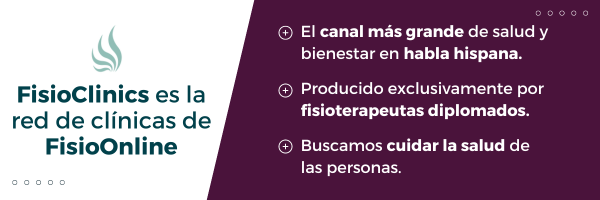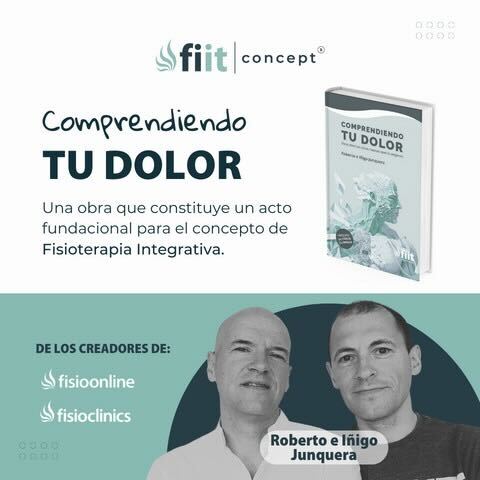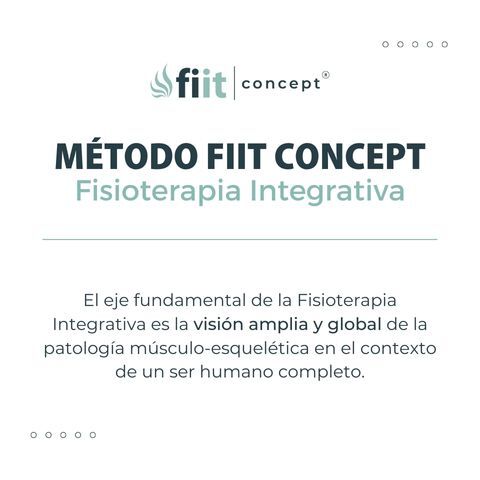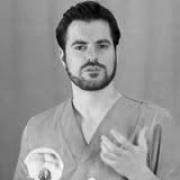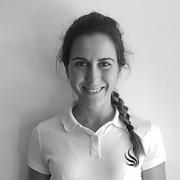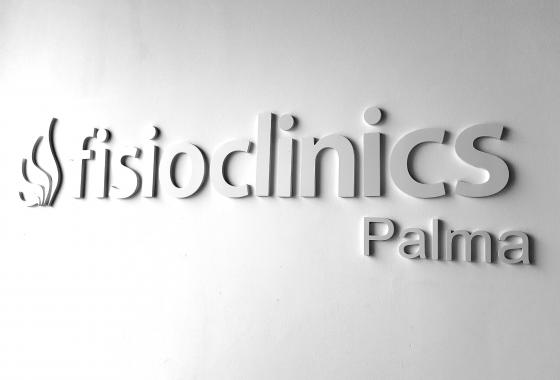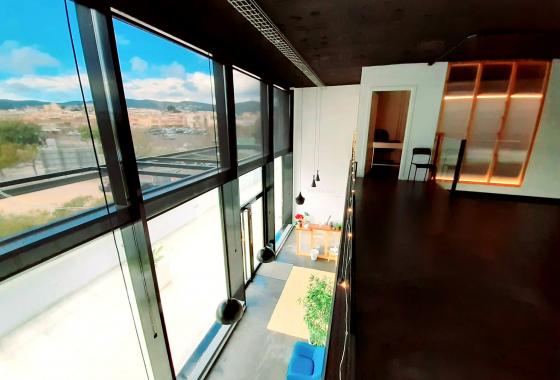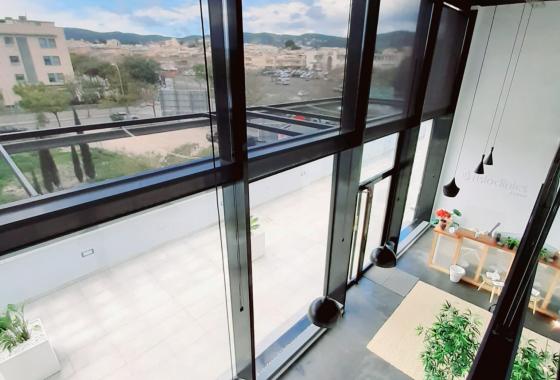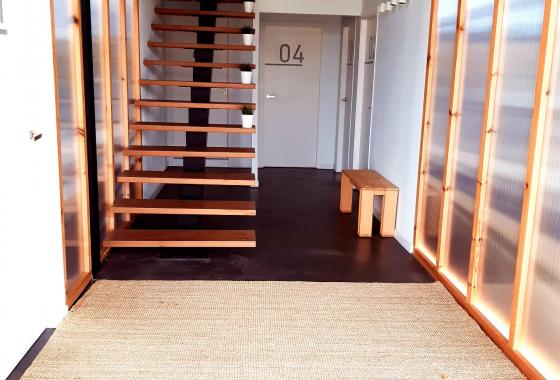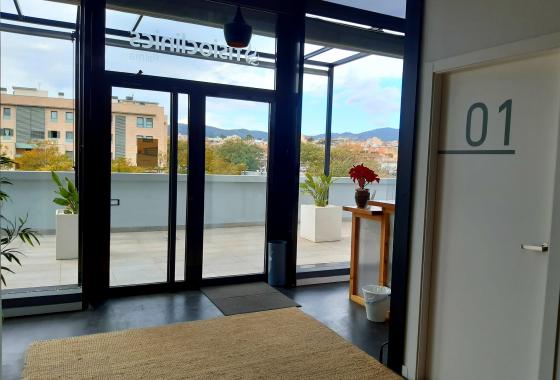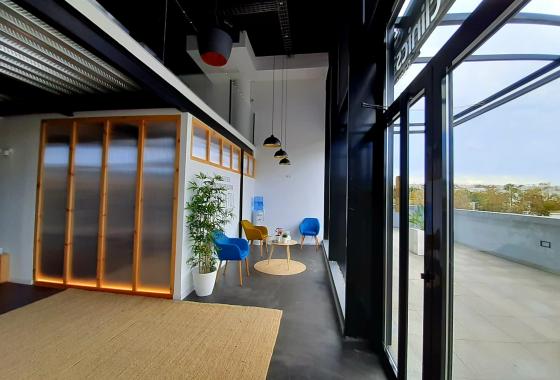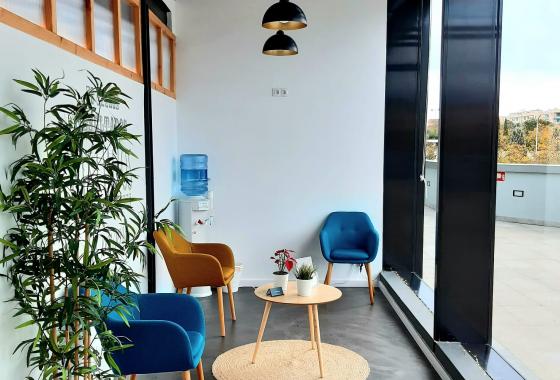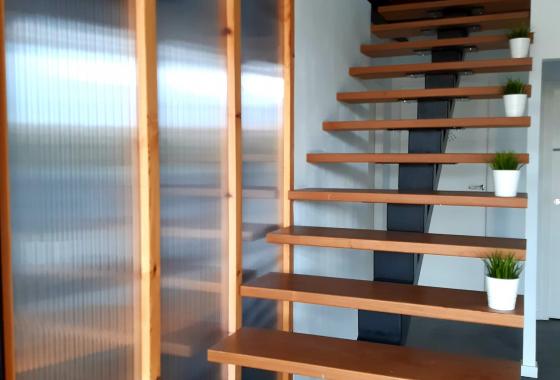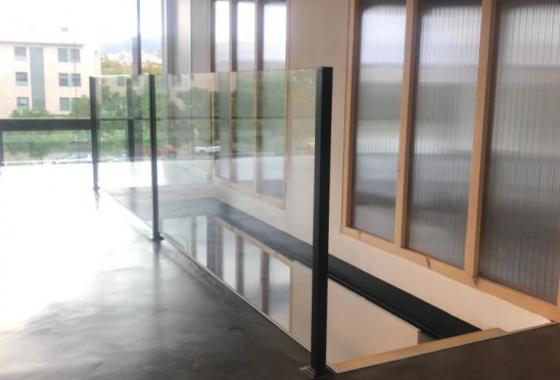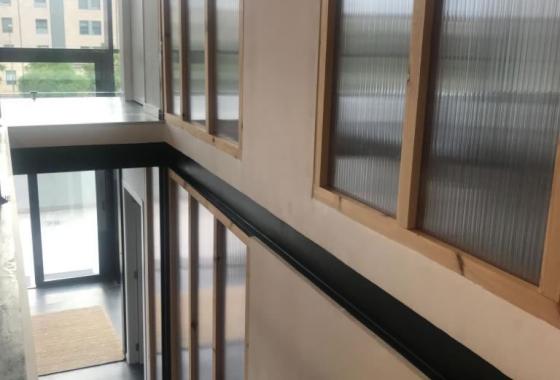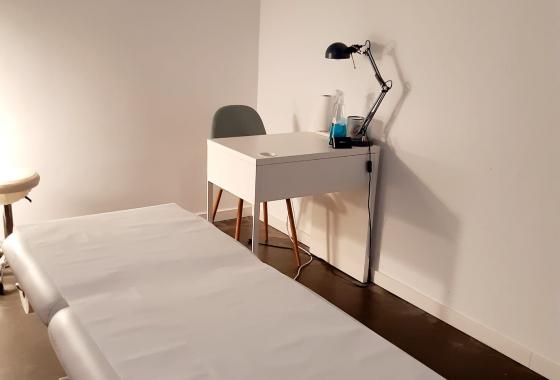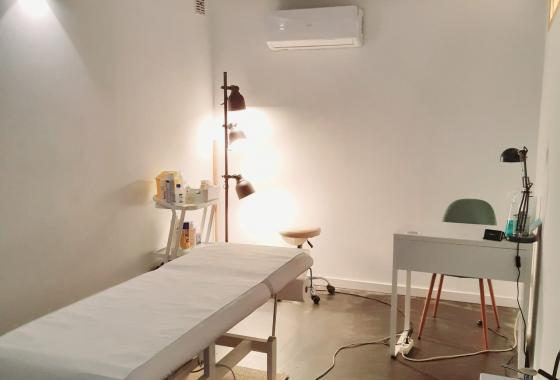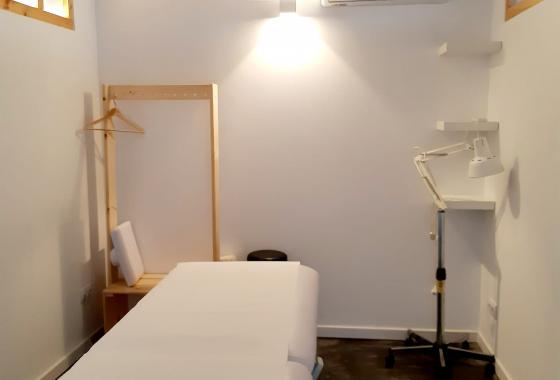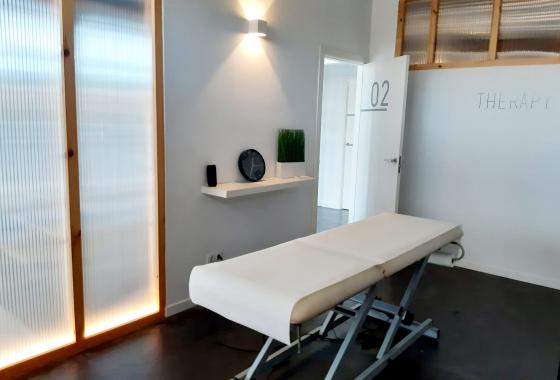During pregnancy, the weight of the womb usually causes weakness in the pelvic floor muscles and connective tissue, which consequently causes discomfort and pain for women during the postpartum period. This is not to mention that, after childbirth, the body is subjected to another series of hormonal changes that can turn this stage of women into an odyssey. FisioClinics Palma de Mallorca, always thinking of you has the best professionals dedicated to the recovery of the pelvic floor during the postpartum period.
What is Pelvic Floor Recovery, and what are its benefits?
During the gestation process (pregnancy), the maternal body undergoes numerous physical and hormonal changes for the development of the fetus. During childbirth, the body goes through another series of important and complex processes that, together, greatly affect the muscles and connective tissue of the pelvic floor, causing all kinds of symptoms and even the installation of severe pathologies.
We care about you at FisioClinics Palma de Mallorca, which is why we have the recovery program for your pelvic floor in postpartum rehabilitation, which will allow you to enjoy the following benefits:
- Helps you correct posture.
- Relieves muscle aches that occur most frequently in the back area.
- Improves muscle control
- Promotes correct abdominal-pelvic function
- Improves blood and lymphatic circulation.
- Decreases fluid retention
What Postpartum Problems Can Pelvic Floor Recovery Help?
Those pathologies that are related to the pelvic floor can be greatly favored with physiotherapeutic treatment, among them we can highlight:
- Urinary and fecal incontinence problems.
- Pelvic and lumbar pain.
- Pelvic organ prolapse.
How do we do Postpartum Recovery at FisioClinics Palma de Mallorca?
At FisioClinics Palma Mallorca, we care about giving you the best of care and excellent quality service. That is why our physiotherapists focus on attending to each aspect necessary to achieve a comprehensive rehabilitation, starting from the moment of the evaluation until the moment of reintegrating the patient to their activities of daily life. For this, we have many tools and techniques that will allow us to achieve the objectives set, and also prevent possible relapses.
 Physiotheraphy
Physiotheraphy Osteopathy
Osteopathy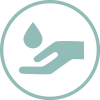 Massage
Massage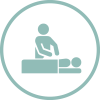 Lymphatic
Lymphatic Group classes
Group classes Home
Home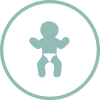 Baby
Baby


